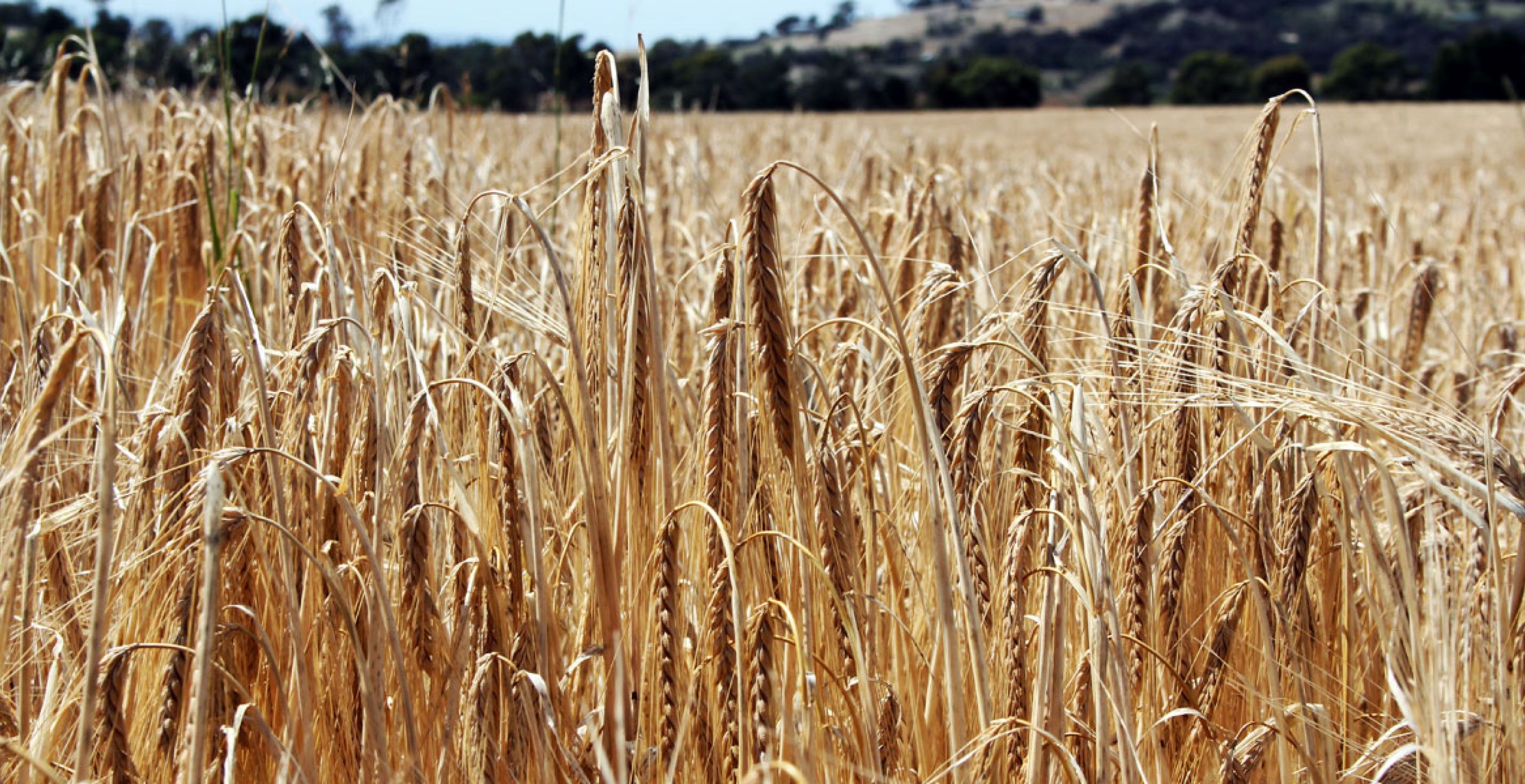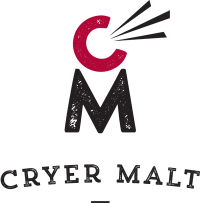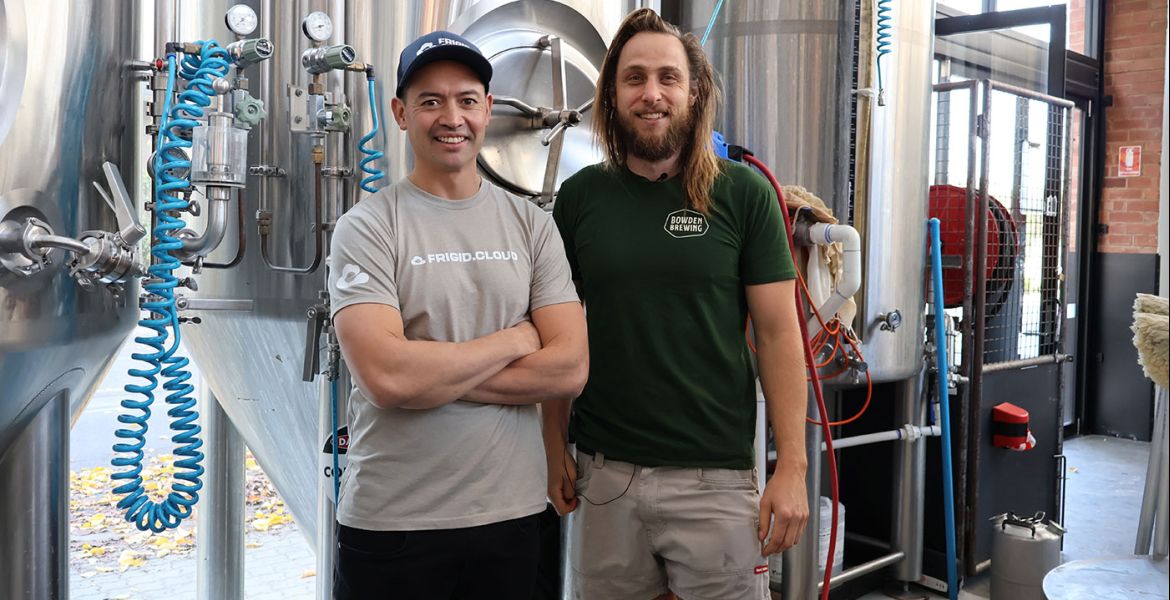Back at the start of winter 2018, we kicked off a new series aiming to teach readers about the basics of beer and brewing in the company of Nic Sandery, who had then launched Molly Rose as a brewery without a home. Since then, he's built a home for Molly Rose as well as a fine reputation for his beers and penchant for off kilter events.
At the same time, here at Crafty Towers, we somehow let it slip through our fingers and the series didn't get very far once it left the starting blocks. But we're never ones to let a good thing go, so Beer Basics is back.
In part one, we've updated his guide to the building block of beer – malt – and will return with an updated version of the feature on hops next month, followed by water, before the series becomes a monthly regular.
While we've got the first few of these planned out, if there's anything of an educational / insightful nature you'd like to see addressed on The Crafty Pint, drop us a line. It might be something for Nic to look at or one of the other industry experts chomping at the bit to get involved. Anyway, time to get back to basics...
Grains
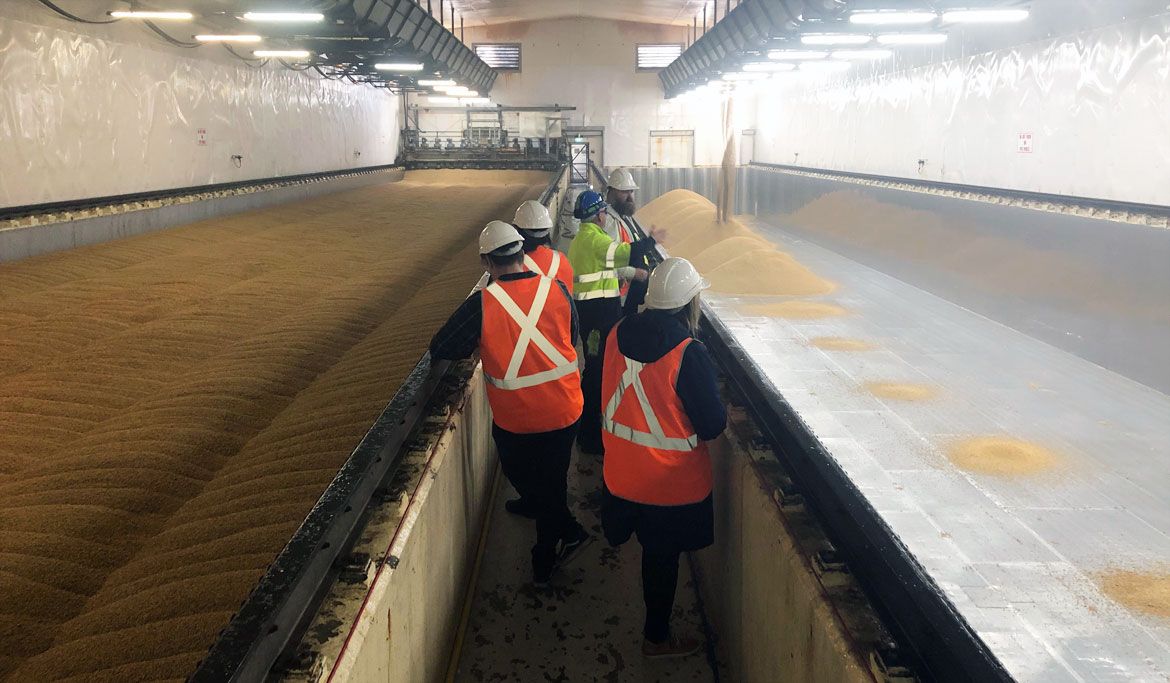
Malt forms the basis of every beer. It is to beer as grapes are to wine and apples are to cider. The selection of malt and the way it is treated throughout the brewing process determines whether a beer will be dark or light, biscuity or chocolatey, sweet or dry.
The purpose of malting a grain is to manipulate the natural process of the grain and trick the seed to begin to grow into a plant and therefore make the sugars it had stored for the hard winter more accessible to the hardworking brewer. Malt can be made from a variety of grains, such as wheat, oats, rye and others, but when we are talking about beer it is mainly malted barley we are referring to.
People have been making malt using essentially the same technique for thousands of years but, where ancient people used pots and open fires to process grains, these days the overwhelming majority of malt used by brewers comes from maltsters using precision technology in huge, impressive factories full of conveyors and robots.
You will still find some operators, usually on a far smaller scale, using traditional floor malting techniques or creating means of malting grains to their own particular specifications in-house, such as Alistair Turnbull at Lobethal Bierhaus in the Adelaide Hills, Will Tatchell at Van Dieman, or the 3 Ravens brewers in seriously nano batches.
At the same time, Australia has seen a number of smaller maltsters launch, most notably Voyager Craft Malt in the Riverina region of NSW, while Coopers have built one of the world's most impressive facilities in Adelaide and the local arms of global players have looked to showcase provenance too through products such as Joe White's Signature Malt and Cryer's Border Malt. You'll find plenty of Aussie beers featuring the wide range of specialty malts from New Zealand's Gladfield Malt.
As more brewers, particularly those with their own farms to play with, look to put provenance at the heart of what they do, expect to see more attention given to the source and variety of malt going into your beer.
Malting

There are three main stages in malting:
- Steeping: The raw barley is soaked in large vessels where the grains swell as water content increases from around 12 percent to 45 to 50 percent. (pictured above)
- Germination: Once the grain senses the conditions are right, it begins to grow rootlets and an arcospire (a green shoot). The grains are moved around, typically in slowly rotating tanks, during this period to prevent matting of the rootlets and also to remove carbon dioxide from the beds of grain.
- Kilning: The maltster kilns the grains once they have reached their optimal point of germination. This process serves two purposes. Firstly, it ceases the growth of the grain and, secondly, by adjusting the time, temperature and moisture levels, the maltster can manipulate the colour and flavour of the malt.
Types of malt
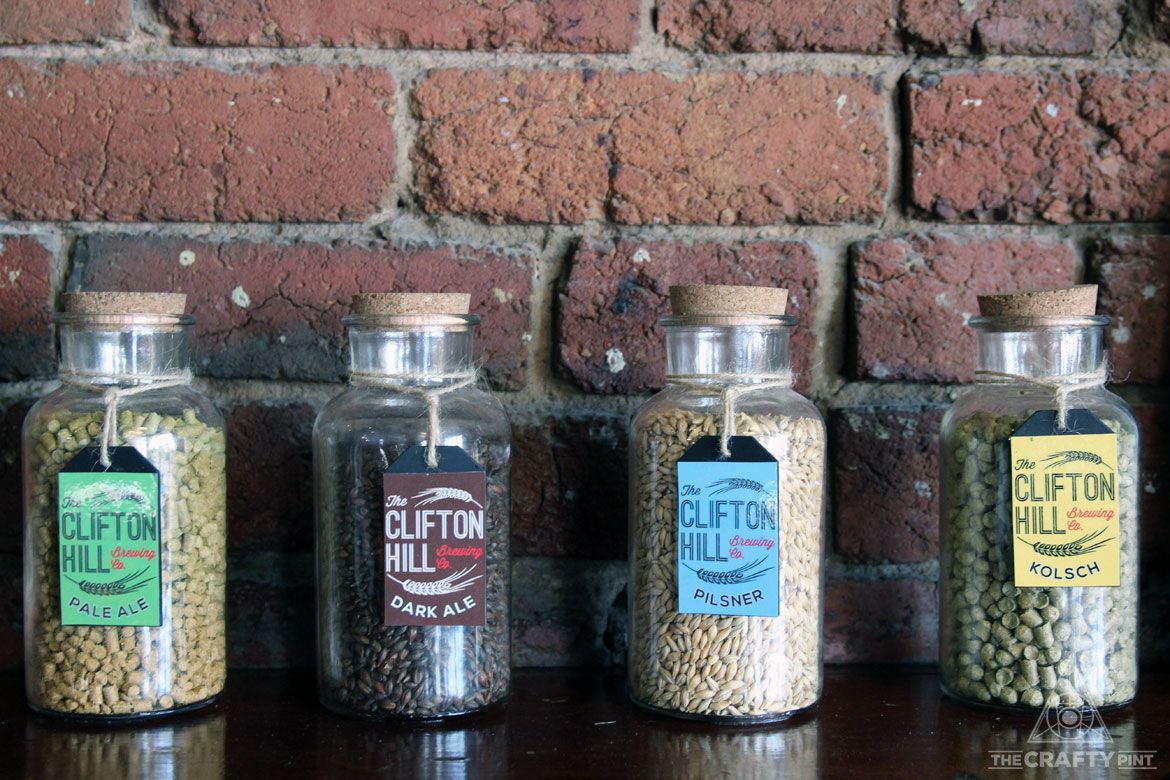
So, now that we have learnt what malt is and how it is made, we come back to the most important point: how does it show itself in beer?
For this section, where certain types of malt used in brewing are described, a little homework is required. Seek out the readily available examples listed or something similar – your local independent good beer seller will be able to help – and appreciate the variance in malt flavours with your new found knowledge about the most important ingredient in beer.
Pilsner Malt and Ale Malt
These malts generally make up 80-plus percent of malt bills, providing the bulk of sugar for fermentation. Pilsner malt is usually lighter in colour and ale malt generally has more of a biscuity note.
Example: Mismatch Lager
Pilsner malt plays a huge role in most lagers and it is expertly used in this beer, which took out Champion Independent Australian Beer at the 2018 Indies. Soft, bready notes help carry the gentle hopping and clean dry finish. The beautiful crystal golden colour of a pint of lager on tap at your favourite pub is the perfect descriptor of the colour of pilsner malt.
Crystal and Caramel Malts
These malts are kilned with extra moisture so that the sugars in the malt are partially dissolved and caramelise inside the grain. At the lighter end, these malts provide sweet caramel notes and towards the darker side they start to show rum and raisin, chocolate, dark fruits and burnt toffee notes.
Crystal and caramel malts also lend amber, red and darker hues to beer as well as lifted body and mouthfeel. These are used in amounts from as little as 1 to 2 percent in pale ales up to 30 percent in darker, richer beers.
Example: Modus Operandi Former Tenant
The blend of caramel and roasted malts gives Former Tenant its beautiful ruby colour and its rich caramel and toffee notes. The use of these specialty malts also give Former Tenant a full body that carries the massive whack of hops that make this one of the best red IPAs in the country, with enough gold medals and awards to warrant its own trophy cabinet.

Toasted and Roasted Malts
Kilned at a higher temperature, these malts can show flavours that vary from bready, toasty and biscuity through to chocolate, coffee and even a charred character. You'll find them used at levels less than 2 percent to add colour and up to 20 percent for full flavoured beers, such as stouts and porters.
Example: Bridge Road Robust Porter
The refined use of roasted malts in this beer make it a great example of how roasted malts can add layers of complexity and flavour without being overpowering. Look for hits of chocolate and coffee, which back up the full body. A great beer, one that took out the Champion title at the 2017 Sydney Beer & Cider Awards, to try as your first dark beer of the season or to give to a non-dark beer drinker with a blindfold.
Other Malts
Malted oats, rye and wheat are all commonly used in modern breweries, while brewers of gluten free beers (a topic for another day altogether) will make use of grains such as sorghum, rice and millet. In the case of oats, rye and wheat, all three add palate weight and a smooth mouthfeel. While oats and wheat do not usually add much in the way flavour, rye can add a spicy complexity.
Example: Almost any NEIPA or other beer tagged "hazy"
With so many NEIPAs on the market you should have no trouble finding one from your local brewery. Most of these beers use either malted oats or rolled oats (pretty much porridge) to give the beer its hazy appearance and the big, pillowy, plush mouthfeel that we know and love in a great NEIPA.
Extra Credits: Smoked Malt

Up until clean burning fuels were available, when malt was kilned it was normally done so over an open fire. The malt would pick up the smoke character of the wood it was kilned with and this would be transferred onto the beer.
Even though clean, smoke-free ovens are now used to kiln malt, some maltsters make smoked malt as a throwback to older times. Some of the wood types typically used to smoke malt are beechwood, oak, manuka and cherrywood.
Example: Schlenkerla Marzen
Simply one of the best beers in the universe. This traditional “Rauchbier” (smoke beer) from Bamberg in Bavaria (pictured) shows the complexity that smoked malt (beechwood in this case) can add to a beer, while it still remains balanced and extremely drinkable. A great food beer, but also excellent all of the time.
While this doesn't tell you how those malts go from being, well, malt to delivering such aromas, flavours and colours in your beer – we'll get to the brewing process once we're done with ingredients – it should give you an understanding of the role they play (or, at least, some of the roles malt plays).
It's also worth noting that, on occasion, brewers – particularly those creating farmhouse ales and mixed fermentation beers – will include grains such as wheat in their raw, unmalted form, but in most beers you'll drink it's malted grains of one form or another that form the backbone.
Next up, hops!
Further reading...
If you're keen to learn more about malt in beer, you can check out this section of How To Brew, which features more technical information on malting and the biochemistry involved.
Then there's Malt by John Mallet, who was in charge of the iconic Bells Brewery and their malting in the US. It's a great book with lots of in-depth info about the production and history of malt as well anecdotal descriptors of the use of malt to get desired flavours from brewers around the world.
We've also included links above to past articles we've written on maltsters on The Crafty Pint.
Part two of Beer Basics can be found here.



